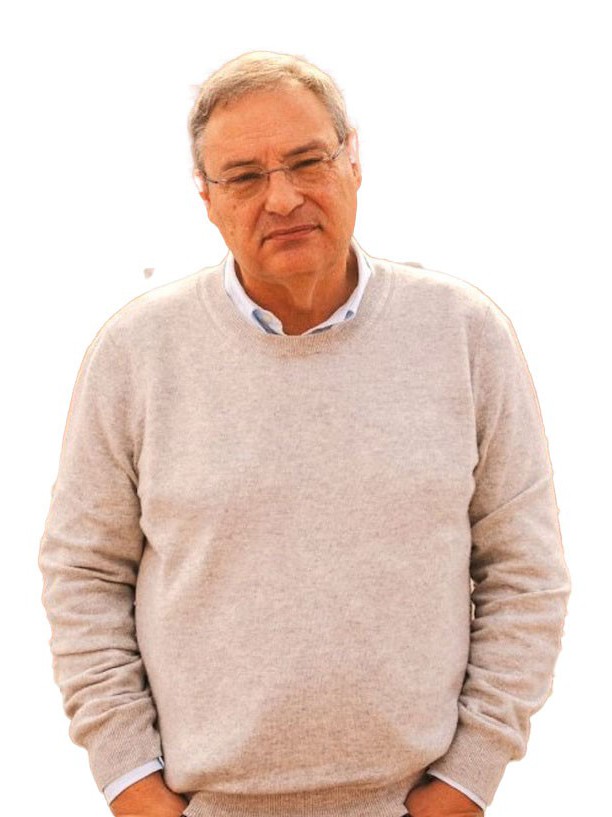resumo
Cyanide-isocyanide isomeric molybdenum(IV) complexes containing an end-capping Cr(CO)(5) fragment were prepared from [IndCpMo(NCMe)(2)][BF4](2) or IndCpMo(CN)(2). Substitution of the NCMe ligand in [IndCpMo(NCMe)(2)][BF4](2) (1) by cyanide anion CN- or [Cr(CO)(5)CN](-) gave the complexes IndCpMo(CN)(2) (4) and IndCpMo{(NC)Cr(CO)(5)}(2) (3), respectively. The linkage isomer complex IndCpMo{(CN)Cr(CO)(5)}(2) (6) was prepared by the reaction of IndCpMo(CN)(2) with Cr(CO)(5)(THF). The crystal structure of 4 is built up from two independent molecules. In both, the molybdenum centre displays a pseudo-tetrahedral coordination sphere. Cyclic voltammetry revealed some electronic communication between the metal centres in the heterobimetallic complexes. DFT calculations (ADF program) were performed in order to study the electronic structure of the complexes, the relative stabilities of the NC/CN isomers, and to understand the nature of the redox processes taking place. In all complexes, reduction leads to ring slippage, which may be more or less favourable and pronounced depending on the ligands surrounding the metal; in the trinuclear species 3 and 6 oxidation takes place on the Cr(CO)5 fragment. (C) 2003 Elsevier B.V. All rights reserved.
palavras-chave
DENSITY-FUNCTIONAL THEORY; X-RAY; NUMERICAL-INTEGRATION; MOLECULAR-STRUCTURES; ELECTRONIC-STRUCTURE; METAL-CARBONYLS; DERIVATIVES; TUNGSTENOCENE; APPROXIMATION; MOLYBDENOCENE
categoria
Chemistry
autores
Calhorda, MJ; Costa, PJ; Drew, MGB; Felix, V; Gamelas, CA; Goncalves, IS; Pereira, CCL; Romao, CC




